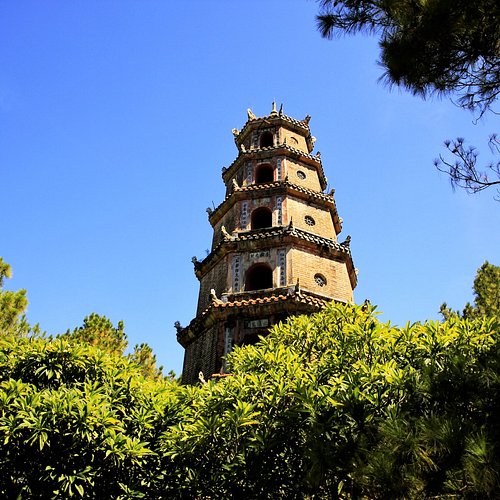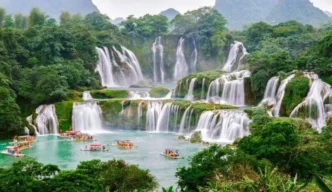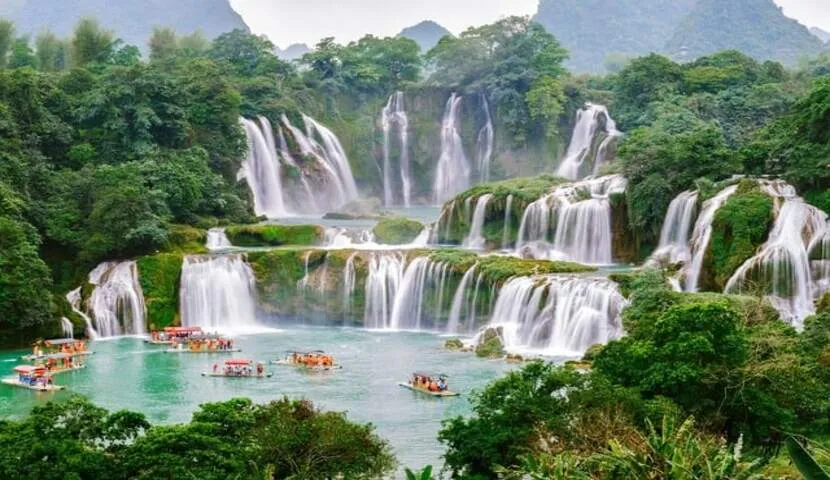Discover the Top Landmarks of Vietnam: A Guide to Must-See Attractions
Vietnam is a country full of rich history, stunning landscapes, and cultural landmarks that tell the story of its fascinating past and vibrant present. Whether you’re exploring ancient temples, dramatic waterfalls, or modern architectural feats, Vietnam has a wide range of landmarks that appeal to every type of traveler. In this guide, we’ll take you through some of the top landmarks in Vietnam that should be on every traveler’s list.
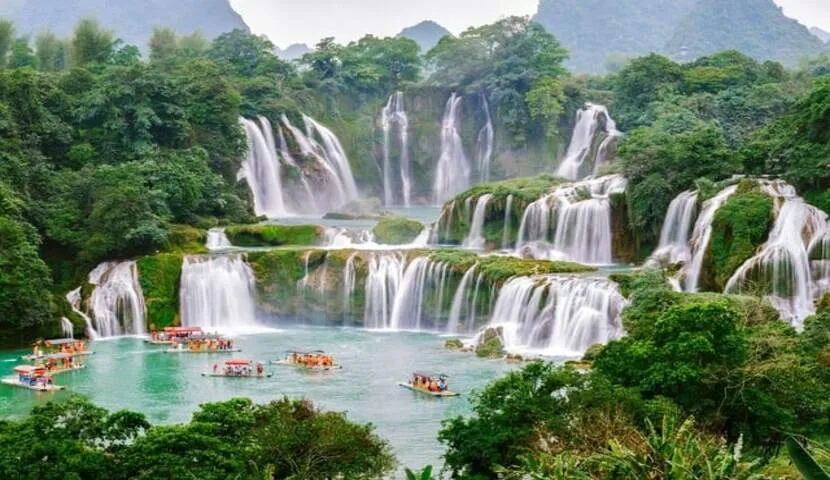
1. Halong Bay: The Iconic Natural Wonder
Located in the north of Vietnam, Halong Bay is one of the most recognized landmarks in the country and a UNESCO World Heritage Site. This stunning bay is famous for its emerald waters and towering limestone islands that rise dramatically from the sea.
-
Cruise the Bay: The best way to explore Halong Bay is by boat. Whether you choose a day trip or an overnight cruise, the view of the hundreds of islets and caves is truly mesmerizing.
-
Explore Sung Sot Cave: One of the largest caves in Halong Bay, Sung Sot Cave (Surprise Cave) is a must-see for its grand chambers and intricate stalactites and stalagmites.
Halong Bay should not be missed on any trip to Vietnam, offering both adventure and relaxation in equal measure.
Explore Halong Bay
2. The Imperial City of Hue: Vietnam’s Ancient Capital
Once the imperial capital of Vietnam, Hue is home to some of the most important historical landmarks in the country. The Imperial City, a UNESCO World Heritage Site, is a vast complex of palaces, temples, and gardens that give insight into Vietnam’s royal history.
-
Hue Imperial Citadel: The Citadel is a massive fortress that houses the Forbidden Purple City, where the emperor once lived. Take a walk through its majestic gates and explore the old royal quarters.
-
Thien Mu Pagoda: This seven-story pagoda is one of the most iconic landmarks in Vietnam. Located on the banks of the Perfume River, it offers a peaceful setting for reflection and stunning views of the surrounding area.
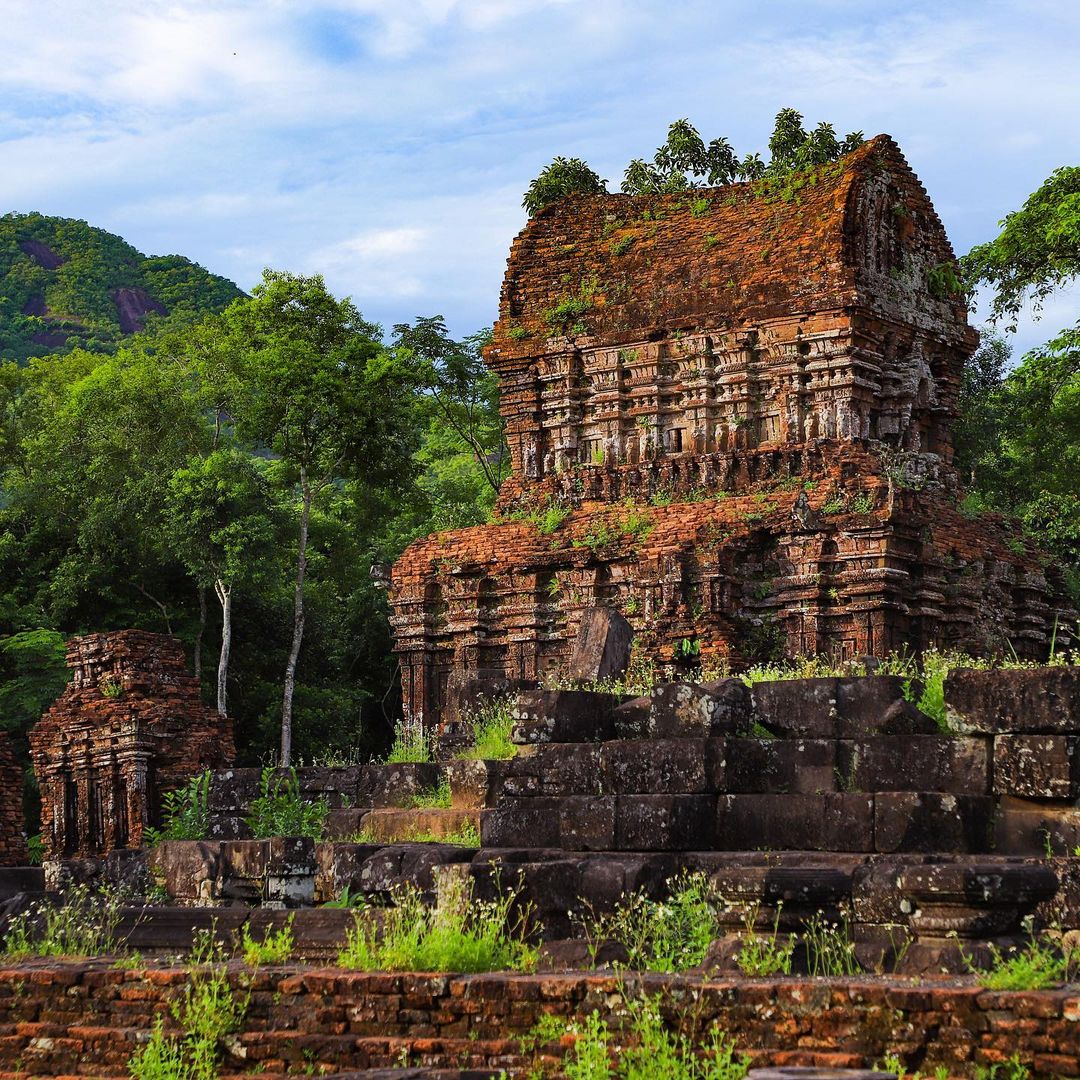
Visit Hue
3. Ban Gioc Waterfall: A Majestic Natural Beauty
Located in the northern part of Vietnam, Ban Gioc Waterfall is one of the most beautiful waterfalls in Asia. The cascading waters split between Vietnam and China, making it a shared natural wonder that attracts visitors from both countries.
-
The Beauty of Ban Gioc: The waterfall is surrounded by lush greenery, creating a serene and picturesque landscape. It is perfect for nature lovers and photographers.
-
Boat Rides: Visitors can take boat rides to get up close to the waterfall, making it an even more memorable experience.
This stunning waterfall is a perfect spot for a peaceful getaway, where you can relax and marvel at the beauty of nature.
Discover Ban Gioc Waterfall
4. My Son Sanctuary: Ancient Temples in the Heart of Vietnam
The My Son Sanctuary is a collection of Hindu temples located in Quang Nam Province, near Hoi An. These temples date back to the Champa Kingdom, which ruled central and southern Vietnam from the 4th to 13th centuries.
-
Historic Temples: The temples are dedicated to the Hindu gods, and their intricate carvings and unique architecture make them a fascinating historical site.
-
A UNESCO World Heritage Site: As one of the most significant cultural landmarks in Vietnam, My Son offers a glimpse into the ancient Champa civilization.
My Son Sanctuary is an incredible historical and cultural landmark that offers a deeper understanding of Vietnam’s ancient past.
Explore My Son Sanctuary
5. The Mekong Delta: The River of Life
The Mekong Delta is one of Vietnam’s most iconic natural landmarks. It is a vast network of rivers, swamps, and islands in the southern region of Vietnam. The delta is home to a unique way of life, where people live and work on the water.
-
Boat Tours: Exploring the Mekong Delta by boat is a popular way to see its floating markets, traditional villages, and lush landscapes.
-
Cultural Experience: Visitors can also learn about local traditions, such as making traditional coconut candy and watching how floating markets operate.
The Mekong Delta offers an unforgettable experience that combines natural beauty with cultural insights.
Discover the Mekong Delta
6. One Pillar Pagoda: A Symbol of Hanoi
The One Pillar Pagoda is one of the most famous landmarks in Hanoi, representing the unique cultural heritage of Vietnam. This small yet striking pagoda is built on a single pillar, giving it its distinctive and memorable appearance.
-
Historical Significance: The pagoda was originally constructed in 1049 by Emperor Ly Thai Tong, symbolizing a lotus blossom rising from the water.
-
Cultural Value: It is an important Buddhist site and holds deep cultural and spiritual significance for the Vietnamese people.
The One Pillar Pagoda is an iconic symbol of Hanoi’s rich history and spiritual traditions.

Visit One Pillar Pagoda
7. Saigon Notre-Dame Basilica: A French-Colonial Masterpiece
Located in the heart of Ho Chi Minh City (formerly Saigon), the Saigon Notre-Dame Basilica is a stunning example of French colonial architecture. Built between 1877 and 1883, this church is known for its beautiful red brickwork, stained glass windows, and peaceful atmosphere.
-
Architectural Beauty: The basilica features twin bell towers that rise high above the city, making it one of the most recognizable landmarks in Ho Chi Minh City.
-
Visit the Cathedral: Inside, visitors can admire the beautiful stained glass and enjoy the serene ambiance, perfect for reflection and relaxation.
The Saigon Notre-Dame Basilica is an important landmark for both its historical significance and architectural beauty.
Explore Saigon Notre-Dame Basilica
8. Cu Chi Tunnels: A Symbol of Vietnam’s Resilience
The Cu Chi Tunnels are an extensive network of tunnels located just outside Ho Chi Minh City. Used during the Vietnam War, the tunnels provided shelter, storage, and living spaces for soldiers and civilians.
-
Learn About History: Visitors can explore the tunnels, learning about how the Vietnamese people used the underground network to survive during the war.
-
Unique Experience: Walking through the narrow tunnels provides a unique and immersive experience, offering insight into the hardships faced during the war.
The Cu Chi Tunnels are a must-see for anyone interested in Vietnam’s war history and its remarkable resilience.
Visit Cu Chi Tunnels
FAQs About Vietnam’s Top Landmarks
1. What is the best time to visit Vietnam’s landmarks?
The best time to visit Vietnam is during the spring (March to April) and autumn (September to November) when the weather is cooler and more comfortable for exploring outdoor landmarks.
2. Are there guided tours available for these landmarks?
Yes, many of Vietnam’s top landmarks offer guided tours, which are highly recommended to learn more about the history and significance of each site.
3. How do I get to Ban Gioc Waterfall?
Ban Gioc Waterfall is located in the Cao Bang Province, which is about a 6-hour drive from Hanoi. You can take a bus, private car, or join a guided tour.
4. Are there any family-friendly landmarks in Vietnam?
Yes, many landmarks in Vietnam, such as Halong Bay, Hoi An Ancient Town, and the Mekong Delta, are family-friendly and offer activities for all ages.
Conclusion
From the serene landscapes of Halong Bay to the historical grandeur of Hue, Vietnam’s landmarks are a testament to the country’s rich cultural and natural heritage. Whether you’re interested in history, nature, or architecture, Vietnam’s landmarks offer something for every type of traveler. Don’t miss the chance to explore these incredible sites on your next trip to Vietnam.
